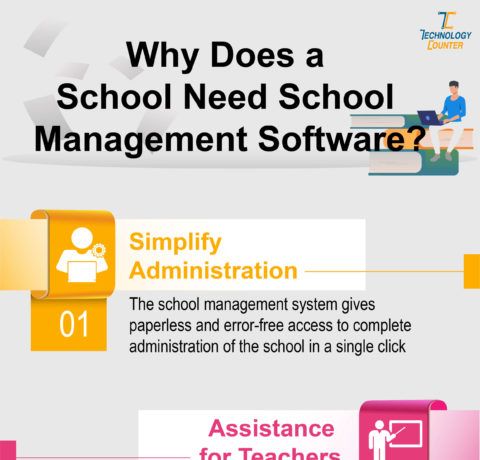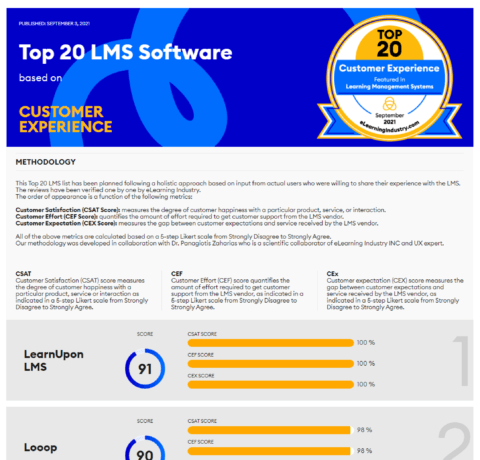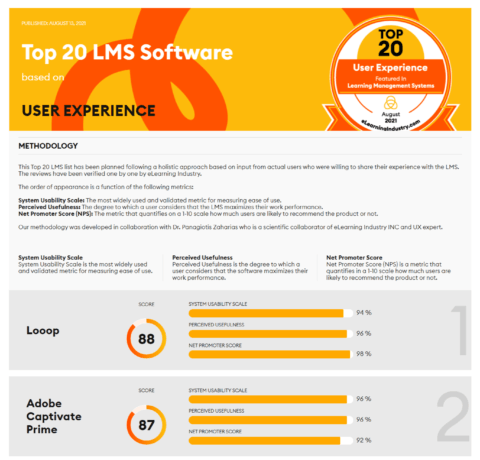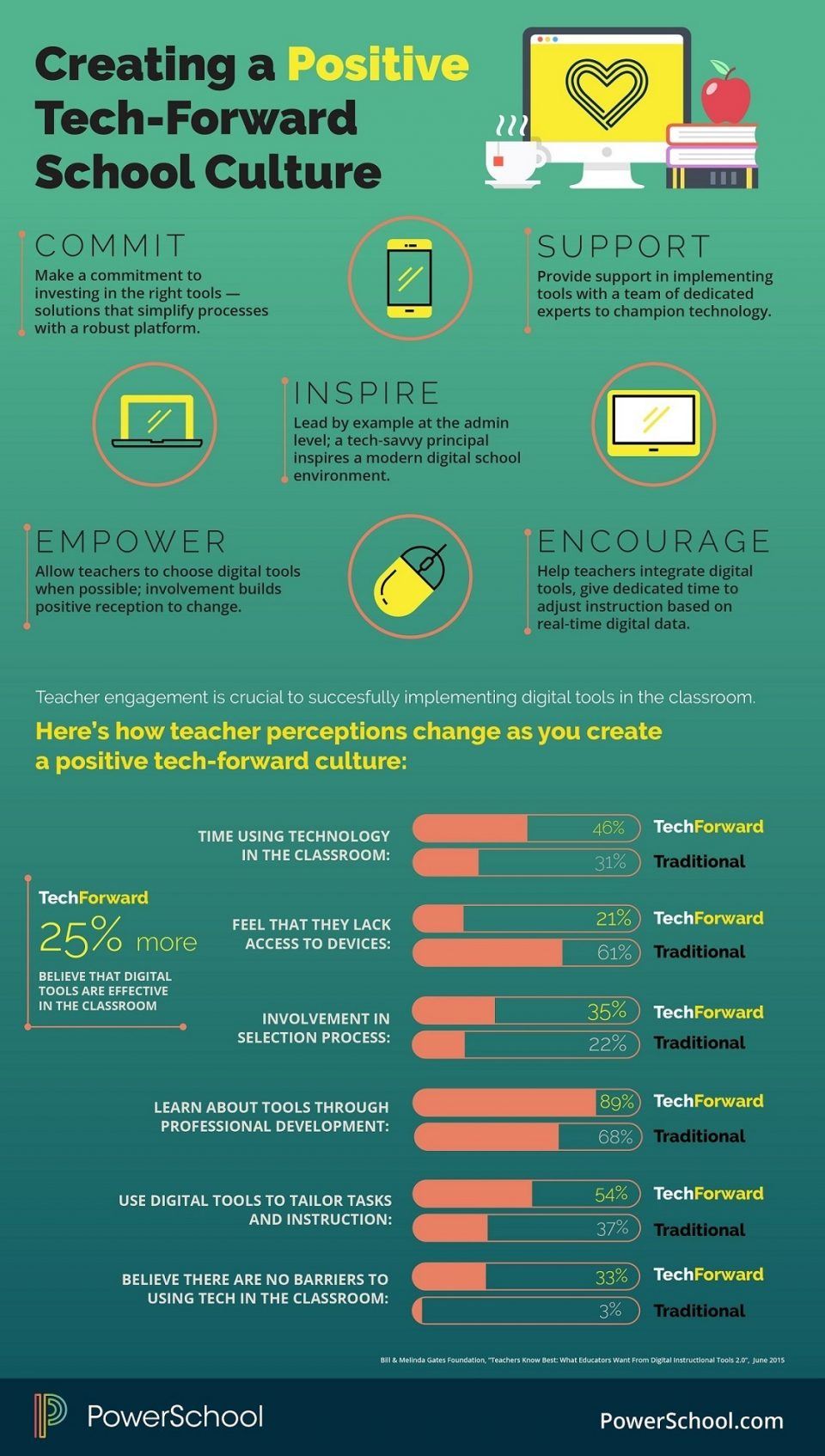How Teacher Perceptions Differ in Tech-Forward Schools Infographic
In 2013, the Bill & Melinda Gates Foundation began its Teachers Know Best research project to generate information for the field about what teachers need to succeed. The research focuses extensively on teachers’ perceptions and experience because no one knows better how technology can and should be used in the classroom every day.
The study of more than 3,100 teachers shed light on growing teacher confidence in digital resources and evolving teacher perceptions of the effectiveness of these digital tools. At PowerSchool, we found this particularly interesting as we build the first Unified Classroom experience and place a high value on teachers’ adoption of digital technology. As part of our “Revolutionize the Classroom” initiative, we are excited to see that tech-forward schools are making investments in technology and encouraging teachers to integrate digital tools into instruction – and providing support, including dedicated staff, to help them do so.
As illustrated in the How Teacher Perceptions Differ in Tech-Forward Schools Infographic, “the impact on teachers’ perceptions and use of digital tools is significant:
- In tech-forward schools, teachers report spending more time using technology in a primary role in the classroom (46 percent of the time, compared to 31 percent of time spent by their peers in other schools).
- Teachers in tech-forward schools are far less likely to say that their schools lack access to adequate hardware devices for student use (14 percent, compared to 61 percent in other schools).
- Teachers in tech-forward schools select more of their digital tools than their peers elsewhere (35 percent select at least half of the digital tools they use, compared to 22 percent of teachers in other schools).
- Teachers in tech-forward schools are significantly more likely to learn about digital tools through professional development than their peers in other schools (89 percent vs. 68 percent, respectively).
- Teachers in tech-forward schools are more likely to consider using digital tools to continually tailor tasks and instruction to individual student needs and progress (54 percent, compared to 37 percent of teachers in other schools).
- Teachers in tech-forward schools are significantly more likely—between 10 percent and 25 percent more likely than their peers at other schools—to perceive digital tools as effective across the full range of instructional uses identified on p. 14.
- And they are dramatically more likely to believe there are no barriers to using technology to help their students learn— 33 percent, compared to 3 percent in other schools.
These findings reinforce the importance of making the kinds of investments in technology that can foster a tech-forward environment in individual schools—one that is supported by leaders who understand and can guide the implementation of technology in the classroom and provide the time, staffing, and resources to support it.”
In conclusion, as digital tools become a more integral part of classroom instruction, district leaders should create avenues to help teachers become more directly involved in technology decisions.







You can adjust your cookie preferences here.